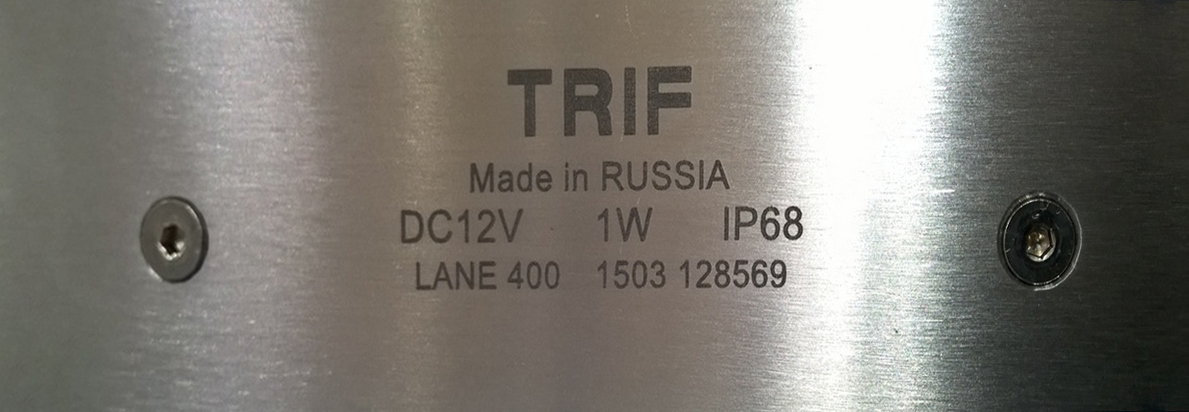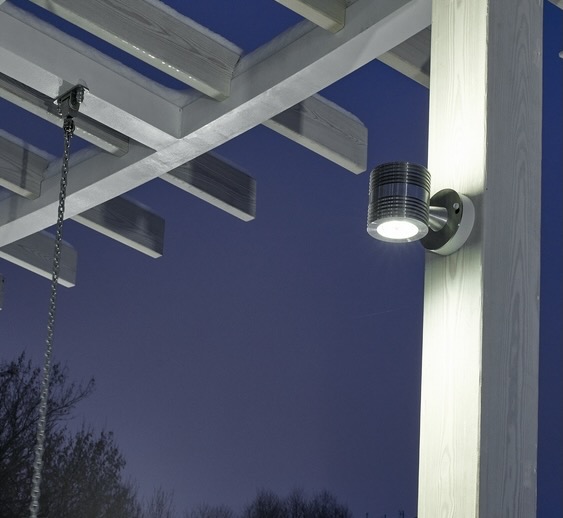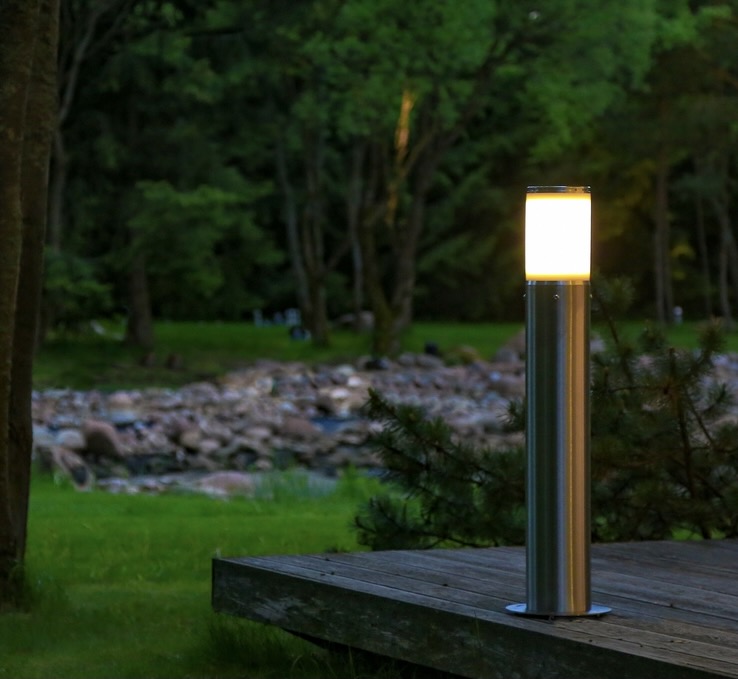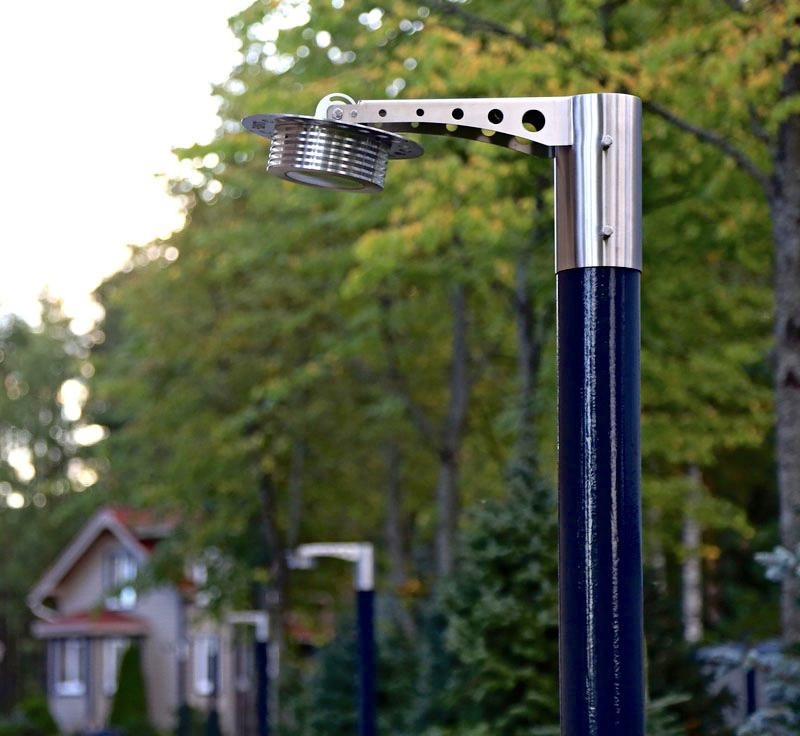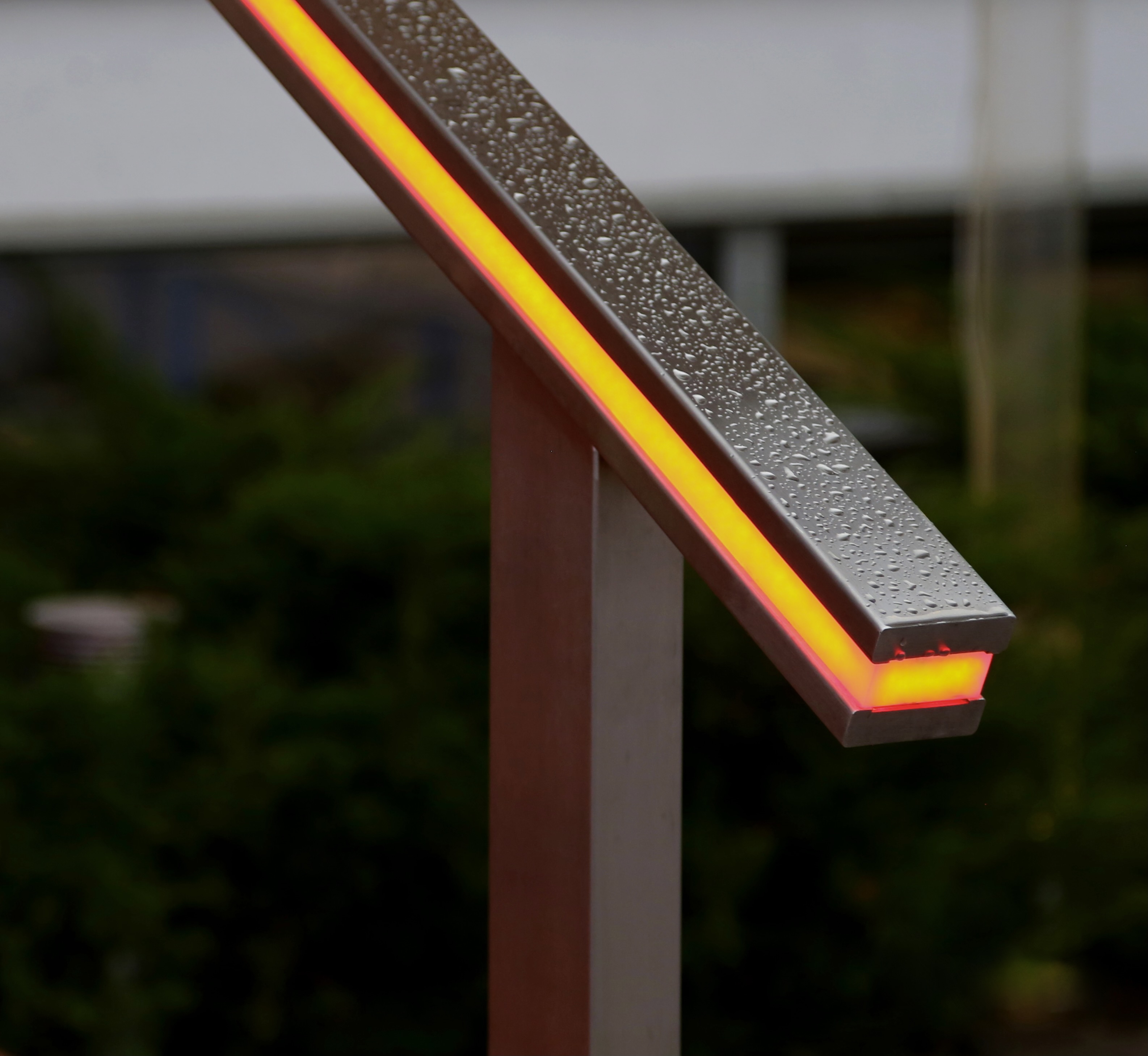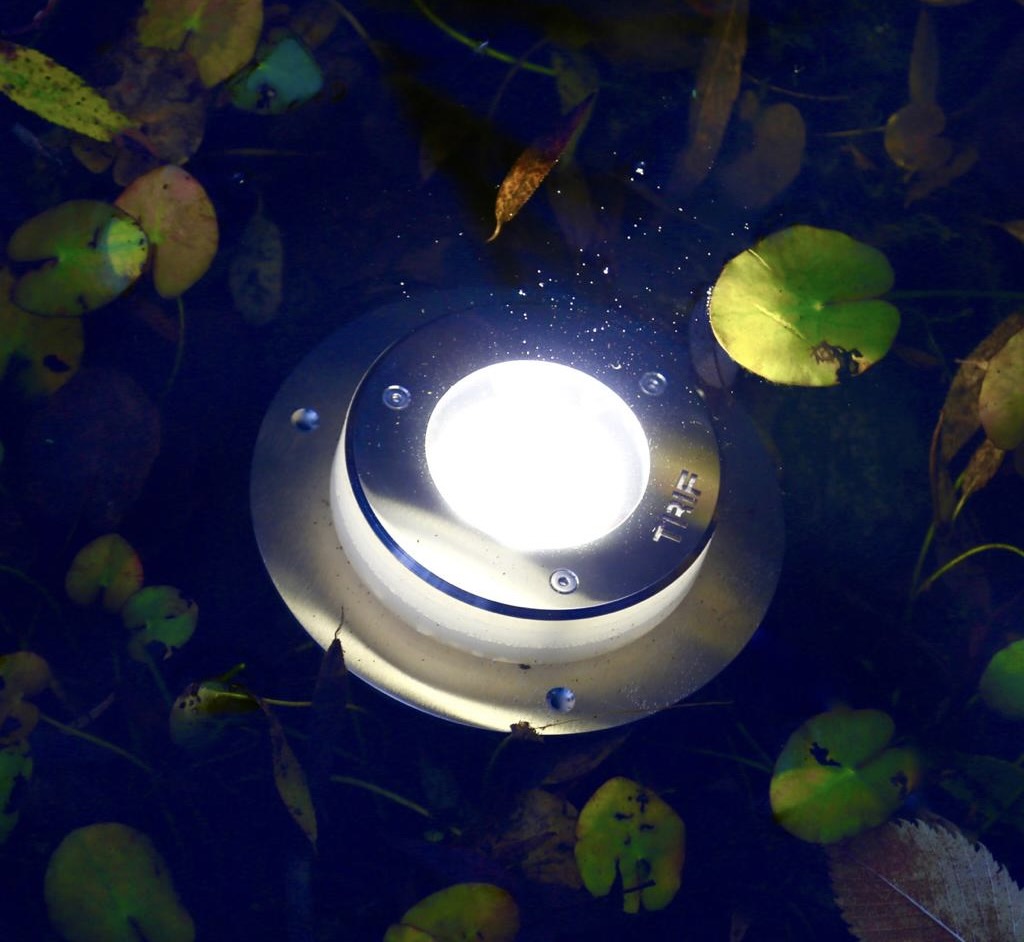Вы здесь
Back to topStainless Steel Care Guidelines
TRIF's recommendations for stainless steel care
The TRIF outdoor equipment will retain its presentable appearance for longer if the stainless steel receives proper and regular care. The following information and recommendations are based on the experience of stainless steel producers and TRIF's own research.
Stainless steel is an alloy of pure iron (Fe) and chromium (Cr) with the addition of a certain range of alloying agents. First of all, it is a fairly soft material compared to other metals with decorative coatings (nickel plating, chromium plating). Secondly, according to the H2 metal reactivity series, the product inevitably creates an electrolytic pair with ferrous metal particles. In other words, since the material is positively charged, it attracts small metal particles from brake discs, street sweepers, etc. The surface of a stainless steel product is fairly plastic, which increases the probability of adhesion with the other metals. When metal particles stick to stainless steel, an electrochemical pair is created and bimetal corrosion begins. As a result, rusty stains or pits (cavities in the metal) can form on the product's body. Stainless steel creates inadmissible galvanic pairs with unalloyed steel, chromium, nickel, copper, lead, tin, and a range of other, less common metals. Thus, the equipment requires regular maintenance (at least once every six months) with the use of special polishing pastes intended for stainless steel products.
If a stainless steel product gets dirty, wash it with warm water containing surfactants to restore its presentable appearance. Remove rust and stains with domestic polishing pastes using a foam sponge or a Scotch-Brite abrasive sponge. Avoid cleaning products that contain active ingredients, such as chlorides or ammonia.
The typical interval between cleanings is about six months. However, the risk factors grow when the stainless steel equipment is situated in a place with heightened adverse effects, which can be:
- proximity to the coastal (marine) zone;
- proximity to metal-working, metal-producing or metal-collecting plants that emit oxides into the atmosphere and/or produce acid compounds when the emissions combine with precipitation;
- in winter, proximity to public roads in the regions where winter studded tires are used;
- in winter, proximity to places where deicing solutions are used.
Finally, if pittings or other signs of corrosion have appeared on the surface, the product should receive more frequent care from then onward.
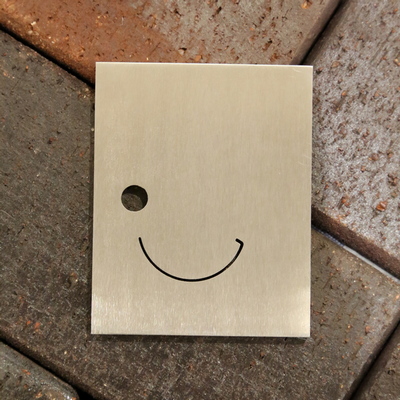
Раз в полгода:
-
мытье теплой водой с содержанием ПАВ;
-
удаление налёта и пятен жёсткой поролоновой или абразивной губкой;
-
полировка с помощью паст для ухода за изделиями из нержавеющей стали.
